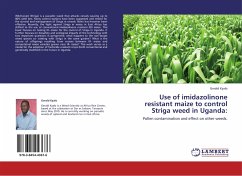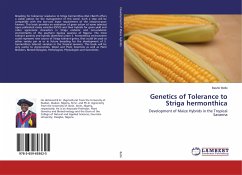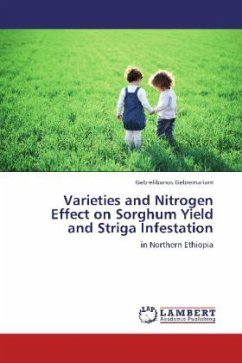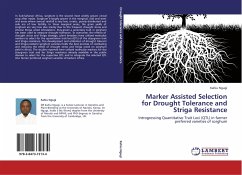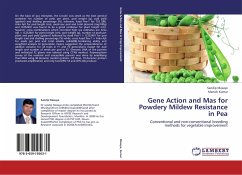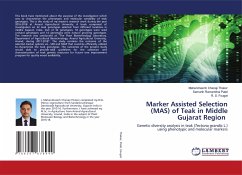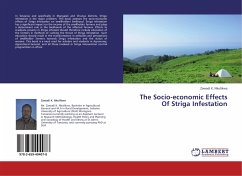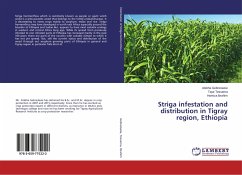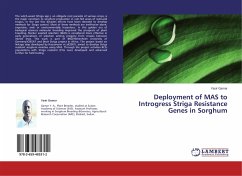
Deployment of MAS to Introgress Striga Resistance Genes in Sorghum
Versandkostenfrei!
Versandfertig in 6-10 Tagen
36,99 €
inkl. MwSt.

PAYBACK Punkte
18 °P sammeln!
The witch-weed (Striga spp.), an obligate root parasite of various crops, is the major constrain to sorghum production in rain-fed areas of semi-arid tropics. In the last few decades efforts have been devoted to develop methods for Striga control. Most of these methods are ineffective alone, expensive, and/ or environmentally hazardous. In this golden era of biological sciences molecular breeding improved the prospects of plant breeding. Marker assisted selection (MAS) is considered more effective in early generations of selection among progeny from crosses between inbred lines. This work is p...
The witch-weed (Striga spp.), an obligate root parasite of various crops, is the major constrain to sorghum production in rain-fed areas of semi-arid tropics. In the last few decades efforts have been devoted to develop methods for Striga control. Most of these methods are ineffective alone, expensive, and/ or environmentally hazardous. In this golden era of biological sciences molecular breeding improved the prospects of plant breeding. Marker assisted selection (MAS) is considered more effective in early generations of selection among progeny from crosses between inbred lines. This work is part of BMZ/Hohenheim University of Germany/ICRISAT and BecA Striga project in Africa. The project based on linkage map developed by Haussmann et al(2001), aimed to develop Striga resistant sorghum varieties using MAS. Through the project activities BC2s populations with Striga resistant QTLs were developed and advanced further for field testing.




